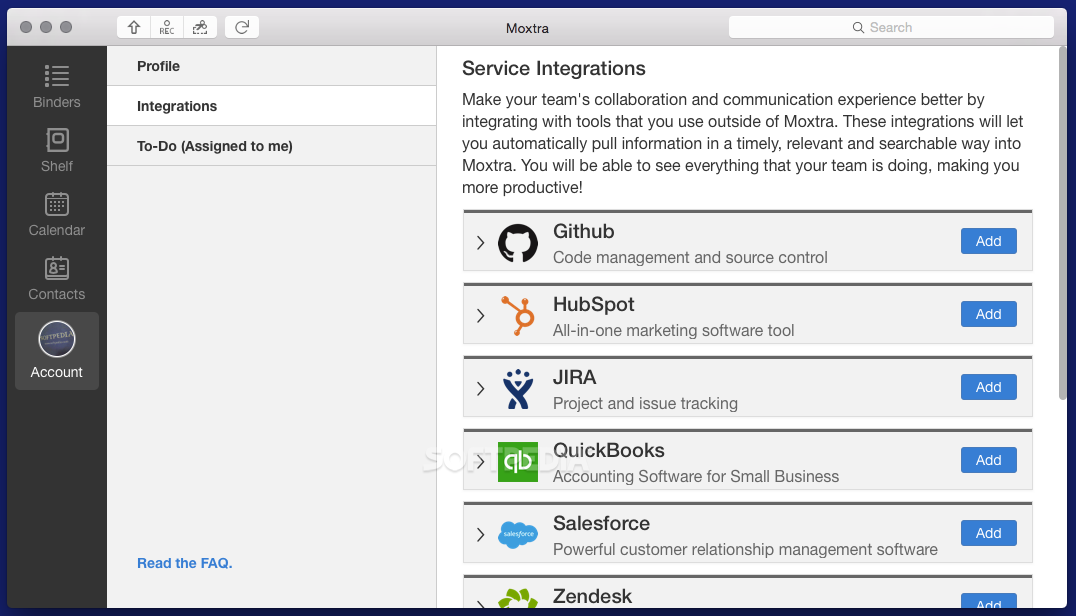


The sheer wealth of features and data can be overwhelming for first-time users, and it might take some time to fully explore and understand its capabilities. Of course, like any platform, it isn't without its flaws. Additionally, the AIOps capabilities (AI-based IT operations) have proven invaluable in detecting anomalies and automating remedial actions. It offers a unified view of application performance, user experience, and business outcomes - a feature that's particularly useful in bridging the gap between IT and business stakeholders. On the observability front, AppDynamics truly excels. The end-to-end transaction tracing provides invaluable insight into how requests traverse through different microservices, making it easier to identify bottlenecks and performance degradation. The real-time monitoring capabilities of AppDynamics have proven to be incredibly robust and reliable, enabling users to stay ahead of issues before they escalate into full-blown crises. This makes it not only a powerful tool for experienced IT professionals, but also a useful solution for less tech-savvy users who need to monitor and analyze system performance. Right off the bat, I was deeply impressed by the platform's intuitive user interface, which brings complex data to life in a remarkably comprehensible manner. Its deep diagnostics and actionable insights offer an unparalleled window into the health of any IT system, making it a vital asset for modern businesses. Read reviewsĪppDynamics is truly a game-changer when it comes to Application Performance Monitoring and Observability. Its value to our organization cannot be understated.

Both the business and technical analysists leverage these tools to provide pertinent data to our decision makers. We are also able to define SLIs/SLOs and conversion goals to further assess the user experience. These doesn't cover everything, but we leverage a variety capabilities to verify how users are using new application features, to see what parts of the application users struggle with or experience unacceptable error rates, and even to troubleshoot problems for individual user sessions. We are not yet fully utilizing Dynatrace's dynamic vulnerability detection capabilities, but it looks promising and complimentary to our static vulnerability scanning tools.ĭynatrace's user behavior analytics have provided immense value. This allows us to better prioritize the work and at the end of the day improve application performance.
Moxtra observability software#
We've used Dynatrace to tune middleware software configuration settings, collect data during performance tests, flag slow running queries, and identity the type and rate of errors in different areas of our applications. With Dynatrace, our IT and DevOps team members can better collaborate on problem solving because they have access to the same metrics. Our mean time to resolve incidents has significantly improved because we can identify and isolate the root cause of problems faster. Only apps marked 1.1 contain SAML 1.1 instructions.Dynatrace has been a game changer in our ability to respond to incidents, identify areas for performance tuning, and to gain meaningful data from user behavior analysis. Note: Most docs contain instructions for SAML 2.0. They are provided here as a convenience to see an overview of the setup instructions.Ĭlick on any of the app links to view the SAML installation instructions that appear in Okta when the app is set up. The docs that these links open do not show the customized values that appear when the docs are accessed from Okta.


 0 kommentar(er)
0 kommentar(er)
